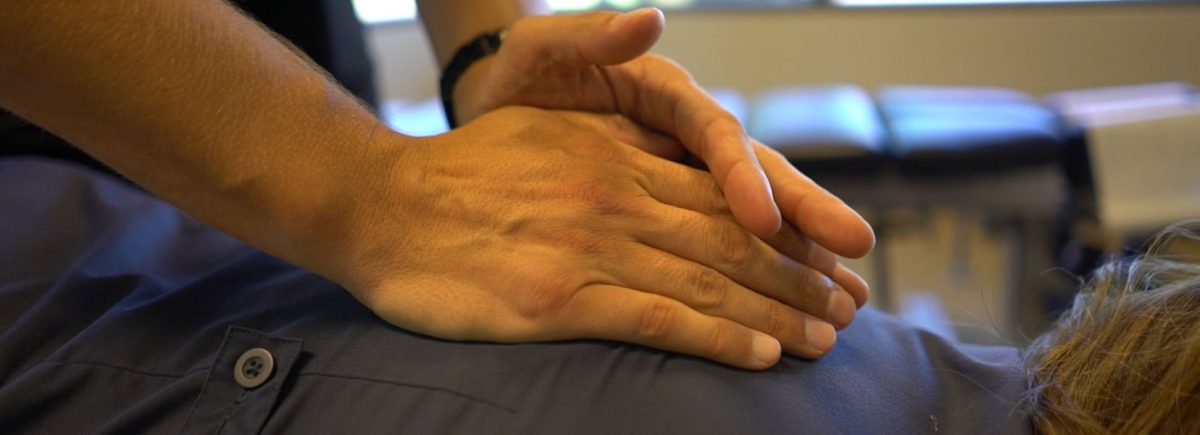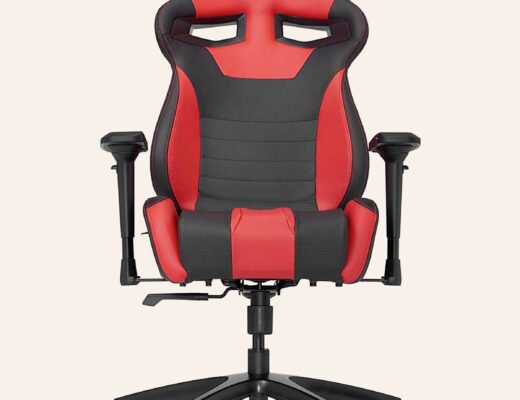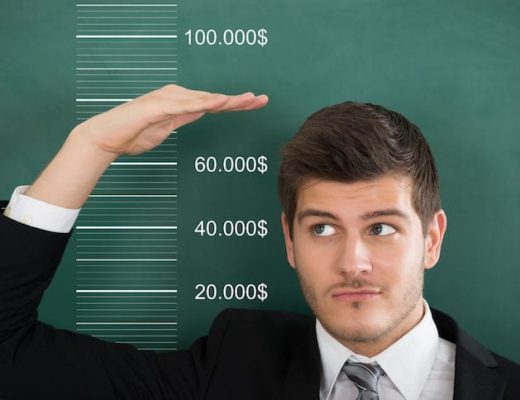so, what is that audible “pop” sound you hear when you experience chiropractic manipulation? Is it actually bones “cracking”? Today I am going to share some exciting discoveries with you on what causes the sound.
To understand the “sound science” of chiropractic manipulation, it is important to first understand the basic anatomy of human joints. Our joints are made up of bones and cartilage that are encapsulated in a closed cavity by the synovial capsule. Inside this capsule there is a continuous supply of synovial fluid that acts as lubricating agents of the joint, allowing it to move smoothly.

Anatomy of the synovial capsule
Theories around the “Pop” sound
Scientists have been debating what causes the knuckle-cracking sound for over 70 years and in the 1970s one theory became really popular. Scientists proposed that the sound came from air bubbles popping in synovial fluid in a cavitation process, which is when a liquid turns into gas under negative pressure.

Bubbles within the synovial capsule.
If you have a syringe at home, we can perform a small experiment right now. Prepare a regular syringe with water in it. Then try blocking the tip of the syringe so that no air can come in or out. Next, pull back on the plunger, which then you can expect the formation of bubbles due to the negative pressure created. In other words, some of the fluid has turned into water vapor. When bubbles are formed, pay close attention to any noise created and you may be surprised! This is what scientists in the 1970s thought was happening inside your synovial capsule (due to the closed cavity of the synovial capsule-like what you see in the syringe!) when you perform a joint manipulation. However, scientists at the time could not really see inside the joint well to confirm that. Therefore, this notion that sound is created when the bubbles collapse and “pop” can only be seen as a hypothesis.

The syringe experiment.
Fast forward in time to 2015, Canadian researchers at the University of Alberta came up with a new theory to allow them to visualize what’s going on inside the joint (Kawchuk et al 2015). They utilized knuckle cracking as a model of joint manipulation. They rigged up a device to be able to manipulate (by pulling) someone’s finger while they are inside an MRI machine.
Visit the link below for the real footage from the experiment. Pay close attention as the two bones are pulled apart.
So, what were their findings?
As the two bones are pulled apart you can suddenly see an air bubble a black circle that forms and as long as you’re pulling on the finger that bubble stays there long after the cracking sound. Scientists concluded that the sound must be coming from an air bubble forming rapidly rather than collapsing as it was previously believed so.
Here’s how it was proposed to work based on this finding. As chiropractors perform a manipulation, they stretch the synovial capsule that is surrounding the joint. This then causes a negative pressure in the joint. Synovial fluid, however, is really thick and it would resist being pulled apart, but if you pull hard enough then all of a sudden, the fluid will separate, turning into a bubble and making that cracking sound. So based on these results, the cracking sound appears to happen when a bubble forms.
However, not all scientists are convinced of this new theory and some commented on the publication with their concerns. Their major critique is that the MRI machine takes pictures too slowly to actually capture this event. In a normal MRI machine, a picture is taken every 310 millisecond. The duration of these events could be as little as five milliseconds, meaning that cracking from either formation or collapse cannot be clearly distinguished using these MRI images.
It took another three years before new evidence came into light. In 2018, Dr. Jerome Fryer, the co-author of Kawchuk et al 2015, expanded on the results and published an in vitro model of joint manipulation. They studied the acoustic signature of the cracking sound with suction cups submerged in denucleated fluid. When the suction cups are pulled apart, it mimics the stretching of the synovial fluid that occurs during an adjustment. Interestingly, Fryer concluded that the audible pop is likely due to the result of a physics phenomenon known as tribonucleation. “Tribonucleation, which by definition is a process of bubble formation from the relative motion of two solid structures under liquid tension.” Fryer also stated in an article published by the canadianchiropractor.ca, saying “the results of his study demonstrate that the cracking sound must somehow be related to the formation of a cavity – not the formation of a bubble, as tribonucleation would suggest, and not the collapse of a cavity, as cavitation would indicate.” In simple terms, Fryer proposed that sound is created due to the formation of the cavity as joint capsules are pulled apart and not necessarily the formation of bubbles within.

Fryer’s in vitro model using suction cups. Sound is created in step 3 as a cavitation is formed during when the suction cup is pulled. (Adapted from Sound science, the Canadian chiropractor)
It is worthwhile to also mention that around the same time, a Stanford chemical engineer published a mathematical model of knuckle cracking (Suja & Barakat 2018). In this study, they modeled the audio profile of the cracking sound and the results supported the 1970s theory of cavitation. In other words, the bubble popping sound, based on their model, is predicted to occur as bubbles “pop”.
However, let’s recall the MRI study from Kawchuk et al 2015. In that study, we could still see the very existence of the bubble even after the cracking sound had happened. If the sound is created when bubbles collapse, how is the result from the mathematical model possible? With this argument, the mathematical model explains that only part of the bubble has to collapse to be able to make the cracking sound and therefore the appearance of the bubble may still exist even though the sound is already created. Therefore, the bubble is popping but not completely popped. Fascinating, isn’t it?
I know at this point you may find these results contradicting each other but here is what we can take away from all of this research.
- 1. When you pull on your finger you are causing negative pressure and that causes a bubble to form at around the same time. That is also around the time you hear a cracking sound.
- 2. Then perhaps the sound is created when the bubble rapidly forms like what Fryer’s suction cup model has predicted.
- 3. or that the sound is created when the bubble is partially collapsed (popped but not completely popped)
- 4. the MRI machine takes about three pictures per second which sound fast, but it is not fast enough to tell if the cracking sound happened right as the bubble form or collapse. If one were to capture the exact timing of sound creation, a higher frame rate is needed.

Bubble collapse from cavitation theory? Or Cavitation forming from Tribonucleation theory?
Afterward, I have to say that I am really shocked that we don’t have a definitive answer in 2021 especially since around 12.1 million U.S adults have seen a Chiropractor each year, yet neither chiropractors nor scientists know how that sound is actually created. For the most part, whether there is an audible “pop” probably won’t matter too much to the therapeutic effect of joint manipulation and despite this debate, the audible “pop” is still a satisfying sound to hear after all.
Reference
- Kawchuk GN, Fryer J, Jaremko JL, Zeng H, Rowe L, Thompson R. Real-time visualization of joint cavitation. PLoS One. 2015;10(4):e0119470. Published 2015 Apr 15. doi:10.1371/journal.pone.0119470
- Fryer JC, Quon JA, Vann RD. A proposed in vitro model for investigating the mechanisms of ‘joint cracking’: a short report of preliminary techniques and observations. J Can Chiropr Assoc. 2017;61(1):32-39.
- Chandran Suja V, Barakat AI. A Mathematical Model for the Sounds Produced by Knuckle Cracking. Sci Rep. 2018;8(1):4600. Published 2018 Mar 29. doi:10.1038/s41598-018-22664-4
- Sound science, the Canadian chiropractor, Issue May 2017 available at Jerome-Fryer-Joint-Noises-Canadian-Chiropractor-May-2017






No Comments